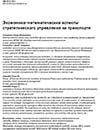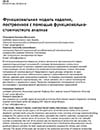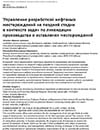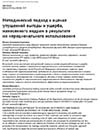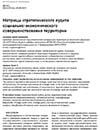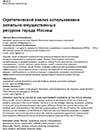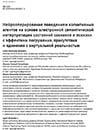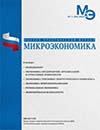
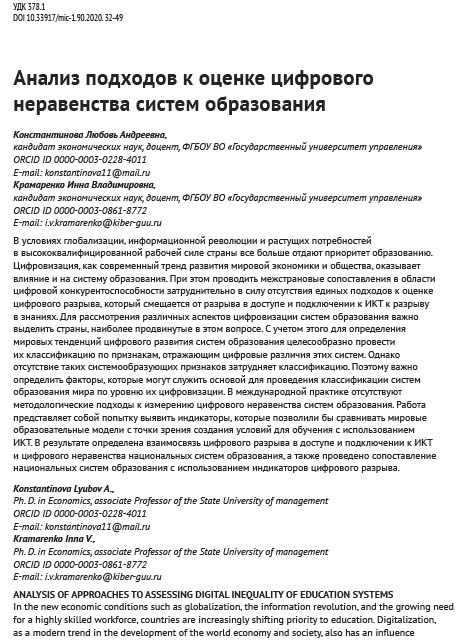
DOI: 10.33917/mic-1.90.2020.32-49.
In the new economic conditions such as globalization, the information revolution, and the growing need for a highly skilled workforce, countries are increasingly shifting priority to education. Digitalization, as a modern trend in the development of the world economy and society, also has an influence on the education system. However, it is difficult to make cross-country comparisons in the area of digital competitiveness because there are no common approaches to assessing the digital divide, which is shifting from the gap in access and connectivity to ICT to the knowledge gap. To consider various aspects of digitalization of education systems, it is important to identify the countries that are most advanced in this issue. With this in mind, to determine global trends of digital education it is advisable to carry out their classification by characteristics reflecting the differences between these digital systems. However, the absence of such system-forming features makes classification difficult. Therefore, it is important to identify factors that can serve as a basis for classifying the world’s education systems by their level of digitalization. There are no methodological approaches to measuring digital inequality in education systems in international practice. This work is an attempt to identify indicators that would allow us to compare global educational models in terms of creating conditions for learning using ICT. As a result, the relationship between the digital gap in access and connection to ICT and the digital inequality of national education systems is determined, and the comparison of national education systems using digital gap indicators is carried out.
Продолжить чтение



